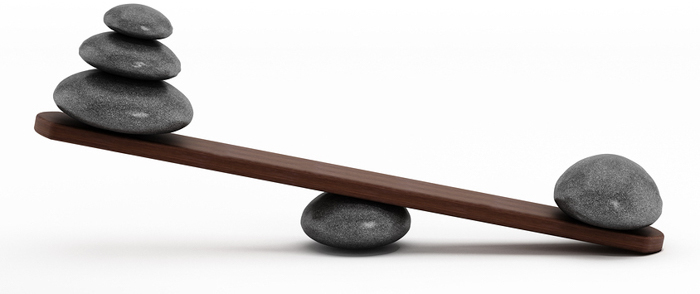3 Reasons Millennial Women Are Still Experiencing Gender Income Inequality

This article was updated on Aug. 30, 2018.
Despite an immense amount of legislation and publicity around gender income inequality issues, researchers have found that millennial women are still experiencing a pay gap. According to the Milken Institute, over the past seven years, millennial women in jobs that pay over $140,000 have experienced a net wage decrease of one percent, whereas millennial male wages in equally high-paying roles are earning four percent more. Despite the fact that millennial women are more likely than female members of Generation X or baby boomers to hold high-earning positions, their relative compensation simply hasn't increased as consistently as their male peers.
It's now been 53 years since the Equal Pay Act of 1963 was passed. Since then, there's been a series of additional legislation passed to try to close the gender gap. The Lilly Ledbetter Fair Pay Act of 2009, the Equal Opportunity Commission and myriad state laws have all worked to create legislative control around gender and income inequality. But the Institute for Women's Policy Research (IWPR) notes that the current ratio of female-to-male earnings is still 79 cents on the dollar.
So why does this pay gap still exist? Here are three possibilities:
1. The Achievement Gap Is Almost Certainly a Myth
According to the Atlantic, researchers have traditionally attributed gender income inequality to a dearth of women in "specific jobs and industries," including STEM fields and managerial roles. However, the Organisation for Economic Co-operation Development (OECD) indicates that while women are still less likely to pursue education in certain STEM fields, women are now out-performing men in educational attainment. More importantly, Milken Institute data also indicates that, even after holding high-paying positions, it's clear that women's wages across all generations aren't growing as quickly as men's.
Research by NOW confirms that women are simply earning less. With "similar education and experience," women earn 82 percent of men's salaries 10 years after graduation. Even when tightly controlled by position, the gap remains. Female programmers earn 84 percent of the salary their male peers make.
2. Family Responsibilities Could Have an Impact
Analysts are often quick to attribute gaps in family responsibilities to wage disparities. For example, Pew Research highlights that 39 percent of women have taken "significant time" off to care for children, while 42 percent have voluntarily "reduced hours" to care for family.
This can decrease women's likelihood of being able to increase experience or qualify for tenure or merit-based pay increases. Additional legislation to support gender-neutral leave for family responsibilities and lifetime earnings could work to protect women against delayed wage growth.
3. Negotiating Skills May Not Trump Perceptions
Another common myth in understanding why the wage gap persists is "negotiating ability." Women are more likely to be perceived as "too demanding" when using similar negotiation tactics as their male peers, and are also more likely to suffer penalties from colleagues for being "unlikable." While the role of women in the workplace has evolved significantly since the 1963 Equal Pay Act, perceptions clearly have not.
The Gender Gap Isn't Simple
As employers strive to support the idea of "leaning in" for equal pay and opportunities, it's become readily apparent that gender income equality is a complicated issue and therefore cannot be solved with a "quick fix." Despite legislation, publicity and grassroots movements, a lot of work remains to close the gap between male and female earnings. Aiding female employees in earning the final $0.21 per dollar that separates them from their male peers will more than likely require not just additional legislation, but a concerted effort by organizations on a national scale to make equality not just a cause, but the standard.



